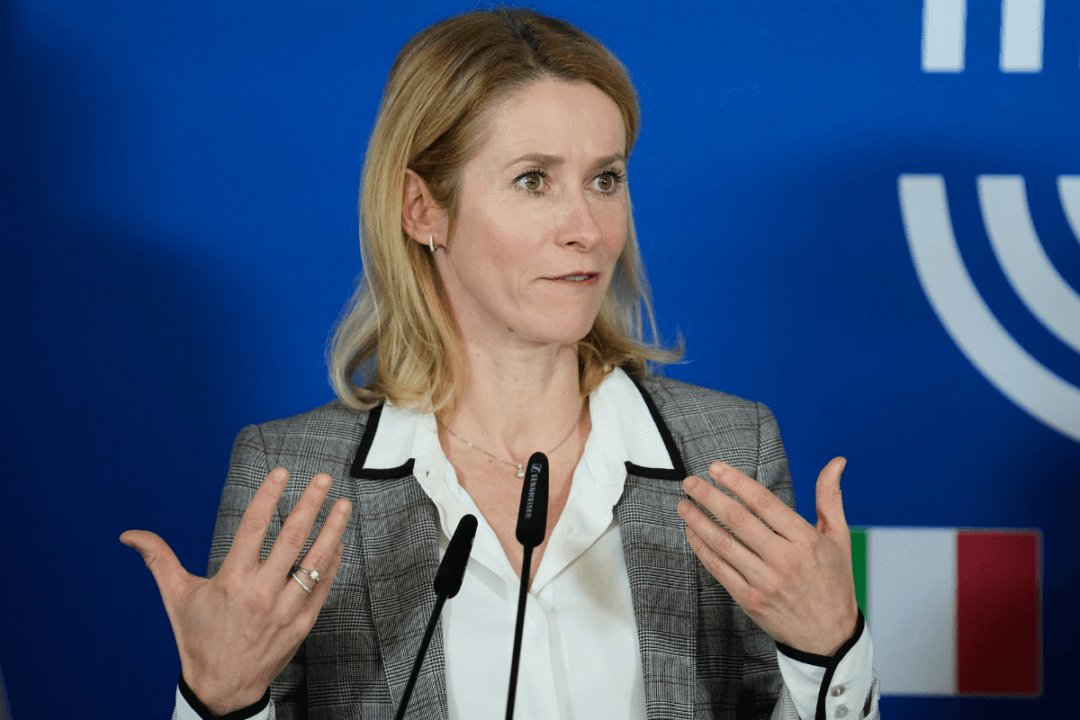Flammable cladding on all high-rise buildings must be removed within the next five years, the government has ordered.
The Ministry for Housing, Communities, and Local Government (MHCLG) said on Monday that by the end of the 2029, unsafe cladding covered by government-funded schemes must be removed from high-rises of 18 metres and higher.
By the same date, medium-rise buildings of between 11 and 18 metres with unsafe cladding must either have been remediated or have a date for completion, “or the landlords will be liable for severe penalties.”
The deadlines form part of the government’s new Remediation Action Plan, which building safety minister Alex Norris said will “fix buildings faster, identify all buildings with unsafe cladding and support vulnerable residents.”
Announcing the plan, housing minister Angela Rayner said: “More than seven years on from the Grenfell tragedy, thousands of people have been left living in homes across this country with dangerous cladding.
“The pace of remediation has been far too slow for far too long. We are taking decisive action to right this wrong and make homes safe.”
Landlords Could Face Jail
The plan also includes tough penalties for building owners who fail to comply.Speaking to Sky News on Monday, Norris said that the government has a “range of powers” at its disposal, “ranging from fines to prison sentences, that can be used in health and safety cases.”
“We will use that basket of tools in whatever way with each building to get it resolved,” he said.
“I would want people who own buildings that are watching this, who have not been remediating them, to know we are on them, we are after them, and we want those buildings remediated. And if they don’t, they will feel the force of the law,” Norris added.
Asked whether local authorities who oversee social housing would face similar penalties, the minister said that local authorities have raised issues with him and that he was bringing forward further plans in the spring.
‘Extremely Disappointing’
Campaign group End Our Cladding Scandal called the Remediation Action Plan “extremely disappointing,” saying the proposals will “only make a horribly complicated process worse with further layers of bureaucracy.”End Our Cladding Scandal added, “We are still far from a comprehensive solution that will bring about the change innocent leaseholders and residents across the country need and deserve to see.”
The Local Government Association (LGA), which describes itself as the voice of local government, raised issues over funding.

Heather Kidd, chairwoman of the LGA’s Safer and Stronger Communities Board, said in a statement: “Councils are committed to keeping tenants and residents safe, and are keen to work with Government to drive the pace of remediation.
Replacing Cladding Could Cost £22 Billion
According to the latest Building Safety Remediation data, by the end of October 2024, there were 4,834 residential buildings 11 metres and over in height identified with unsafe cladding whose remediation progression is being reported on to the government.Overall, 2,419 buildings (50 percent) have either started or completed remediation works. Of these, 1,436 buildings (30 percent) have completed remediation works, including medium and high rises.
The MHCLG had previously estimated that works on all buildings over 11 metres would take until 2035.
The NAO, the public spending watchdog, also predicted that removing flammable cladding from multistory buildings could cost between £12.6 billion and £22.4 billion.
While private owners and social housing providers are responsible for fixing their buildings, the government has committed £5.1 billion for a grant to remove the cladding.







